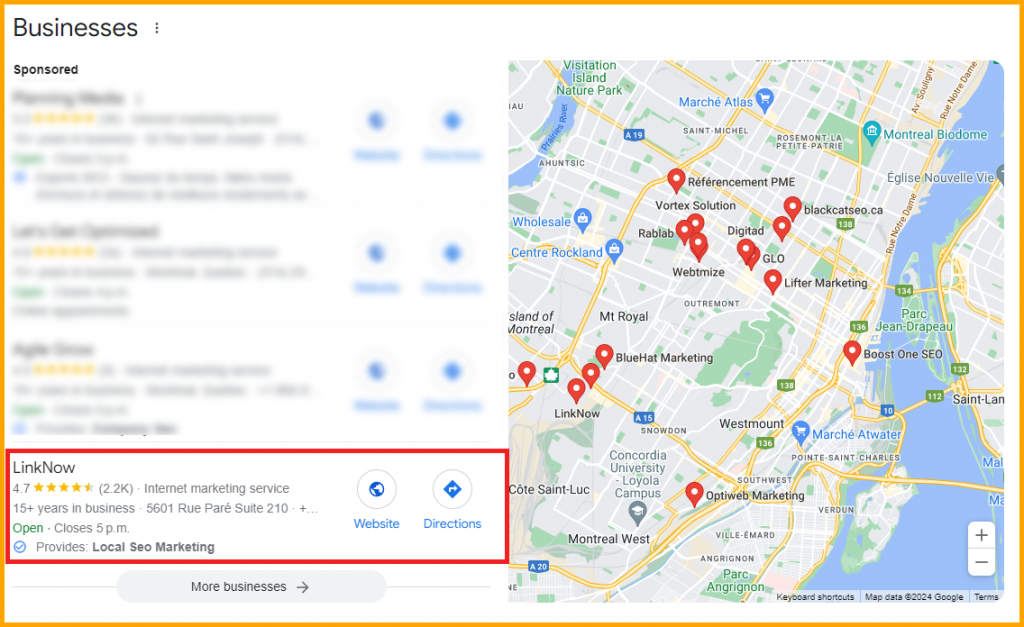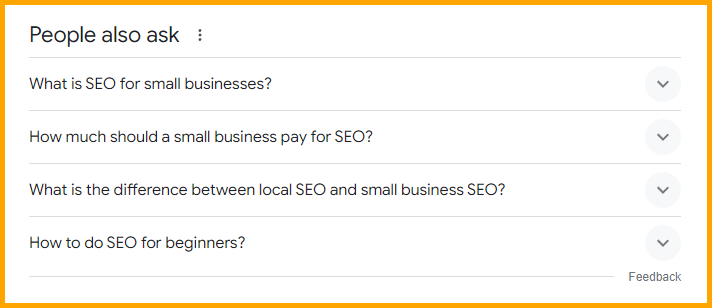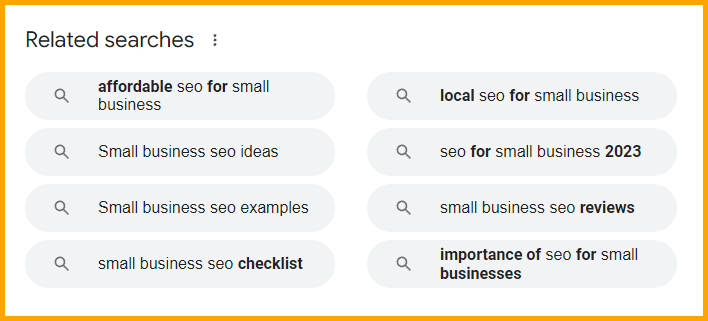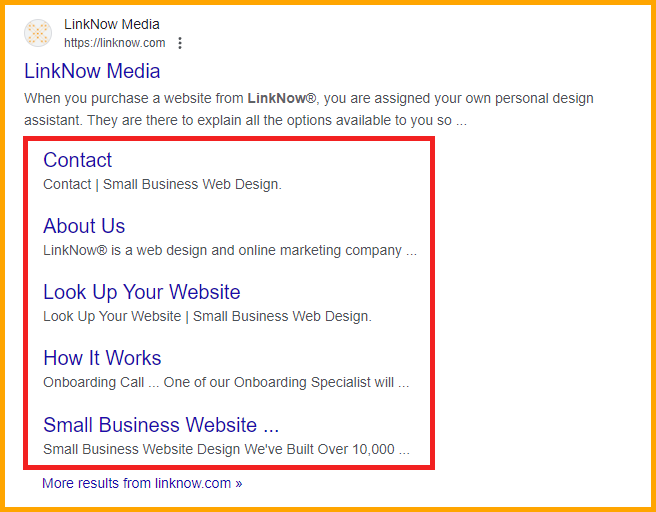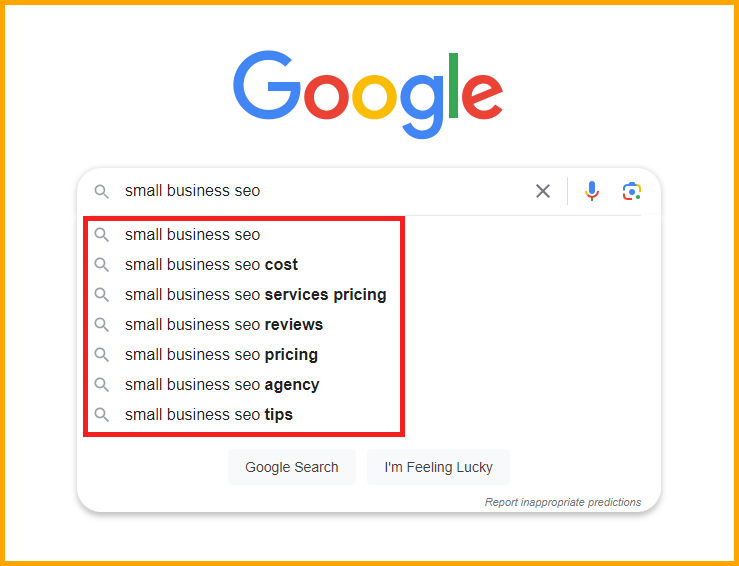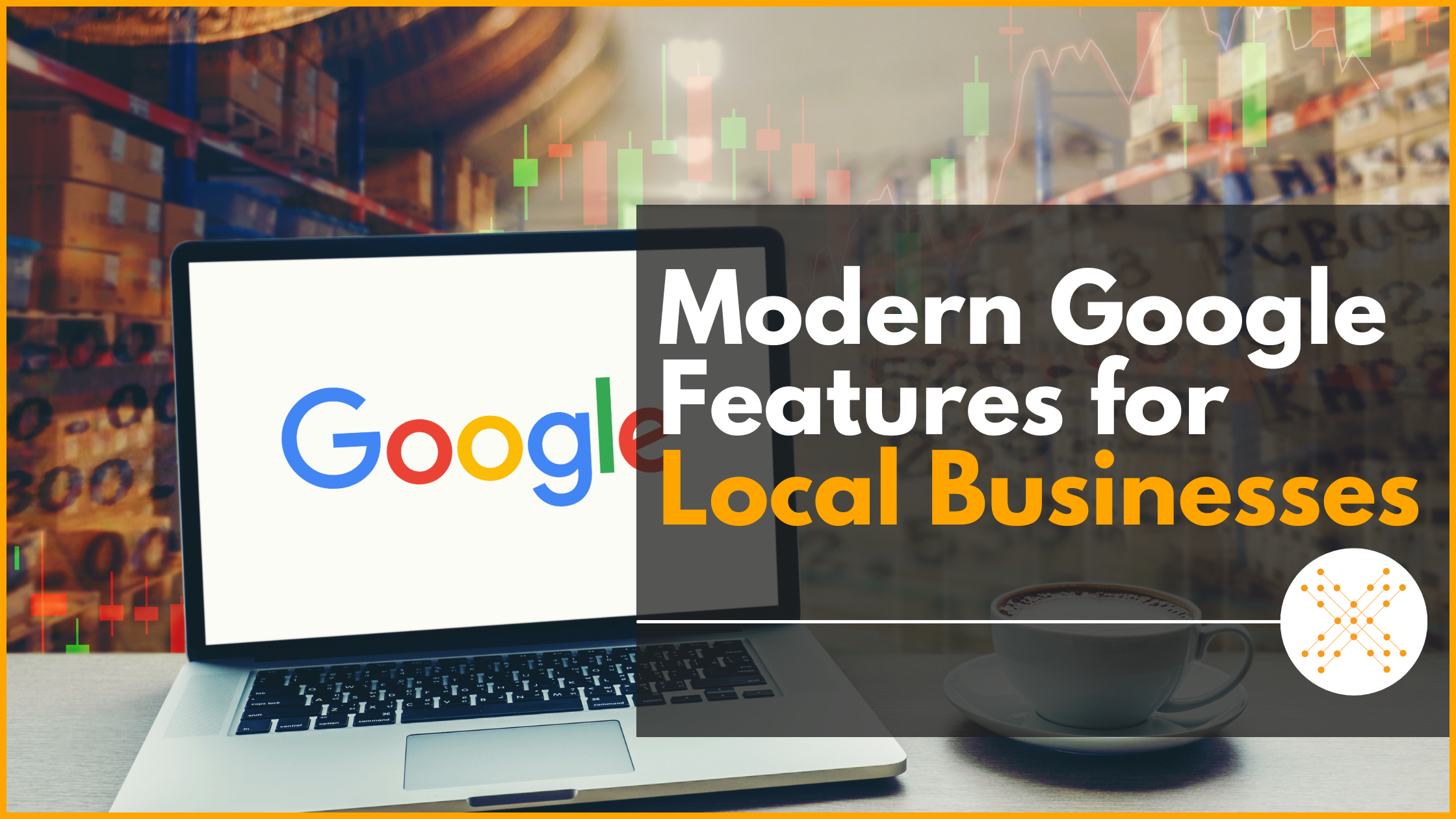
If you’re a longtime Google user, you’ve probably noticed that the search engine results page (SERP) has changed quite a bit over the years. Google is constantly adding, tweaking, and expanding a set of features designed to provide a better user experience.
What does this mean for local businesses on Google? Well, there are many ways to capitalize on these modern Google features and gain increased visibility, better keyword targeting, and an educated audience ready to engage with your business.
So, without further ado, let’s break down some of the best Google SERP features for your business in 2024!
Local Pack
Google’s Local Pack is the bread and butter of local businesses. The Local Pack appears when a user does a search with local intent, containing phrases like “near me” or “in my area.” In response, Google will display a map of the surrounding area with listings for three of the top local businesses that relate to the search query.
The Local Pack has long been the prime target of small businesses and SEOs looking to give their clients a competitive edge. In addition to its prime location on the SERP above the organic search results, the Local Pack helps build credibility for your business and adds visual flair, making users more likely to choose you over a competitor.
For businesses looking to dominate local searches, understanding and utilizing the Local Pack can serve as a powerful strategy to increase foot traffic and sales. According to BrightLocal, approximately 50% of users making a search with local intent will visit a nearby business within 24 hours. What’s more, 78% of these searches will result in an offline sale.
How to Earn Your Spot in the Local Pack
Leveraging this feature starts with ensuring your Google Business Profile is thoroughly optimized. Accurate information, consistent updates, and engaging photos can increase your chances of appearing in this coveted spot. Customer reviews also play a crucial role—engaging actively with customer feedback and encouraging satisfied clients to leave positive reviews can boost your visibility.
People Also Ask
The People Also Ask (PAA) feature enriches Google’s SERPs by providing answers to related questions that users might have directly on the SERP. This dynamic feature adds additional questions and answers every time a user clicks on it, allowing users to gain deeper insight into their query. Appearing in the PAA boxes can significantly enhance visibility and help establish authority in your niche.
The PAA feature also provides valuable insights into what potential customers are curious about. This knowledge allows businesses to refine their content strategy and improve overall user satisfaction, making it a strategic component of SEO for enhancing interaction with local consumers.
Optimizing for PAA
To take advantage of this feature, you should focus on creating content that answers common questions related to your services or products. Crafting detailed FAQ pages or blog posts that address these queries can improve your chances of being featured. It’s essential to structure your content with clear, concise answers and to use relevant keywords that align with the search intent of your target audience.
Featured Snippets
Featured Snippets are prime real estate in Google’s SERPs, offering an instant information showcase at the very top of the search results. This feature extracts and displays a snippet from a webpage that directly answers a user’s search query.
Like the other features we’ve covered so far, securing a position as a featured snippet can significantly boost traffic and enhance credibility for your small business. It’s an effective way to outshine competitors and become the first point of contact for users seeking information. In fact, Engine Scout found that featured snippets receive about 35% of all clicks.
Becoming a Featured Snippet
To target this feature, focus on creating content that directly answers relevant questions or provides solutions. Use clear, structured formats like numbered lists, bullets, or tables. To increase your chances of being featured, provide concise, authoritative answers in the first few paragraphs of your content.
Related Searches
Most of Google’s features tend to appear at the top of the SERPs, but here’s one that you’ll find at the bottom of the page. The “related searches” feature presents users with additional search queries related to their initial interest.
By leveraging this feature to align your content with the varied interests of your potential customers, you enhance the chances of engaging users who might not have found your business through their initial search alone.
Using Related Searches to Your Advantage
A great way to leverage the power of related searches is to analyze the common queries that appear under this feature for keywords relevant to your business. Incorporate these phrases into your content strategy to enhance your web pages and blog posts and cover a broader range of topics.
In addition to helping you rank for related searches, this approach will also enrich your website’s content, ensuring it’s comprehensive and appeals to a wide audience.
Sitelinks
Sitelinks are a powerful feature in Google’s SERPs, designed to improve user navigation and direct traffic more efficiently by providing shortcuts to important website pages directly within the search results. For local businesses, these additional links can greatly improve user experience by making key information easily accessible.
By utilizing sitelinks, you can increase the visibility of various sections of your site, potentially reducing the customer journey time and increasing the likelihood of engagement and conversion. This feature serves as an essential tool for businesses aiming to offer quick access to their services or products, bolstering both satisfaction and SEO performance.
The Backend of Sitelinks
Optimizing for sitelinks means ensuring your website’s structure is clear and logical. A well-organized site with a straightforward hierarchy helps Google’s algorithms identify and display relevant subpages as sitelinks.
Utilizing a consistent and clear navigation menu, along with sitemaps, can improve your chances of having sitelinks appear. Finally, ensuring that your title tags and meta descriptions are informative and keyword-relevant will aid in this optimization.
Predictive Search
Predictive search is a dynamic Google SERP feature that anticipates user queries based on initial input, offering suggestions before the user completes typing. This functionality not only speeds up the search process but also helps shape user search behavior by suggesting relevant keywords and phrases.
By aligning your content strategy with the keywords and phrases commonly appearing in predictive searches, you can increase the likelihood that your business appears in these early-stage interactions. This proactive approach enhances visibility while also ensuring your business remains relevant and top-of-mind for users exploring options in your local area.
Utilizing Predictive Search Patterns
Optimizing for predictive search involves understanding the common search terms associated with your business and industry. Spend some time Googling your top keywords to see what populates in predictive search—there is a good chance that you will find other search terms worth targeting.
Incorporate these keywords naturally into your website’s content, including titles, headers, and main text. Remember to update your content regularly to reflect current trends and new frequently searched terms.
Keep Your Website Relevant with Google Features and LinkNow
We get it—staying on top of constant Google updates and SEO trends can be difficult. This is why LinkNow is committed to educating and assisting small business owners.
If you found this blog post helpful and would like help optimizing your digital footprint to incorporate the suggestions we’ve covered, our team of SEO professionals will be happy to help.
Reach out to us today for all the assistance you need on your way to the top of the SERPs.

